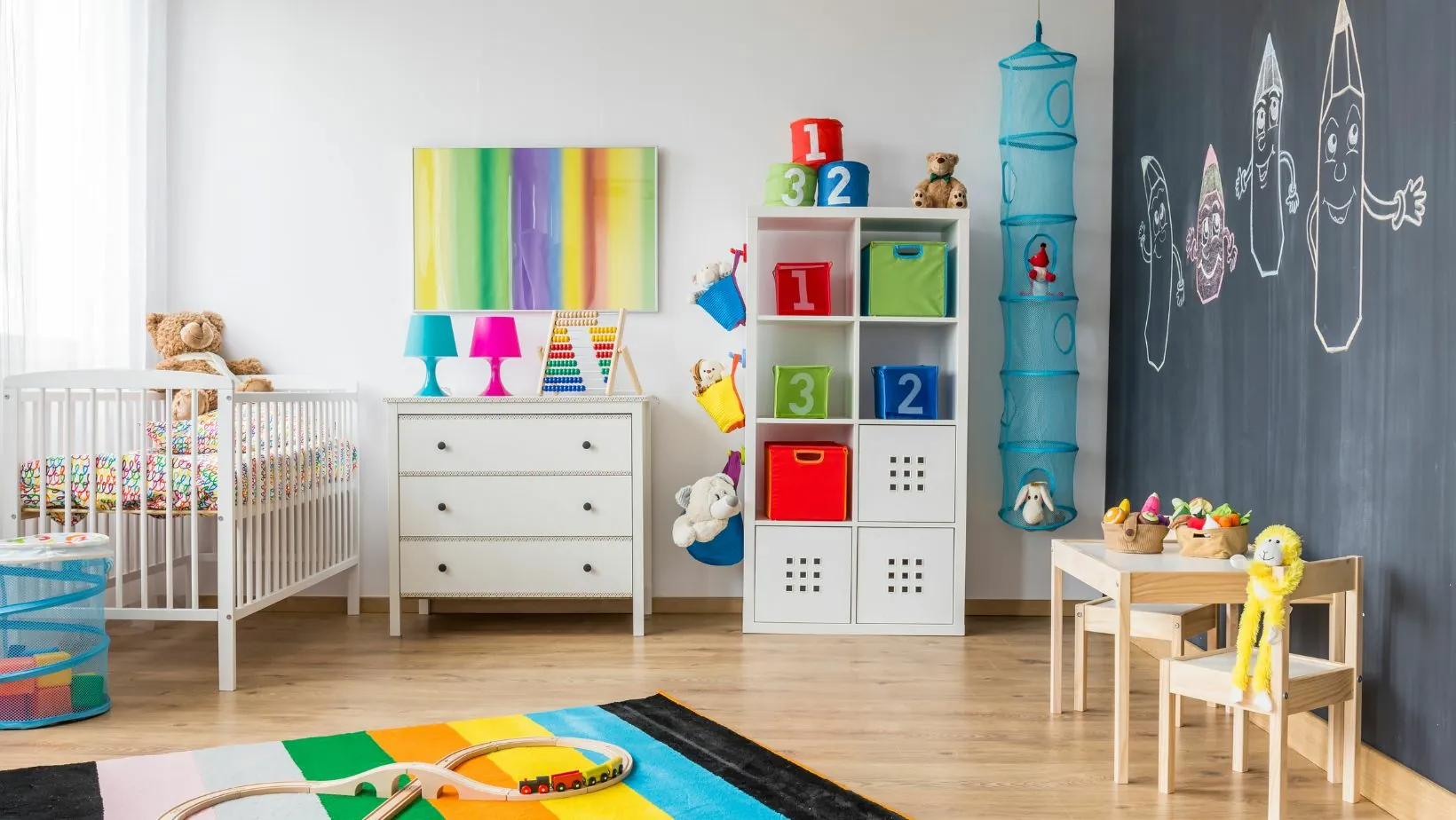Table of Contents
ToggleIn a world where energy bills seem to multiply faster than rabbits, energy efficiency checks are the unsung heroes we didn’t know we needed. Picture this: your home is a cozy fortress, but lurking within are energy vampires just waiting to drain your wallet. Fear not! With a quick efficiency check, you can send those villains packing and turn your castle into a model of sustainability.
Understanding Energy Efficiency Checks
Energy efficiency checks identify issues that lead to unnecessary energy consumption. These assessments help homeowners discover ways to enhance the sustainability and cost-effectiveness of their homes.
Definition of Energy Efficiency Checks
Energy efficiency checks involve systematic evaluations of a home’s systems and appliances to ascertain their energy use. Professionals often conduct these assessments, examining insulation, HVAC systems, and appliances. They analyze energy consumption patterns, pinpointing areas that require improvement. Homeowners may also perform DIY checks, such as inspecting for drafts and checking the efficiency of light bulbs. Thorough evaluations provide valuable data that guide homeowners toward energy-saving solutions.
Importance of Energy Efficiency Checks
Energy efficiency checks significantly lower utility bills by eliminating wasteful practices. Higher energy efficiency leads to reduced consumption and smaller carbon footprints. Homeowners often find areas where upgrades or repairs can enhance performance. Increased awareness of energy use fosters informed decisions about energy-efficient upgrades. In addition, these checks contribute to the longevity of appliances by promoting regular maintenance. With rising energy costs, prioritizing energy efficiency becomes essential for sustainable living.
Benefits of Conducting Energy Efficiency Checks
Energy efficiency checks offer significant advantages for homeowners looking to optimize their living spaces. These assessments not only lead to reduced expenses but also contribute to a healthier planet.
Cost Savings
Cost savings manifest through lower utility bills after implementing energy efficiency measures. Homeowners often discover energy drains, such as outdated appliances or poor insulation, that inflate costs. By addressing these issues, families can recoup their initial investment in energy checks within a few months. Savings on energy bills may average between 10% to 30% annually. Homeowners can also benefit from utility incentives or rebates when they upgrade to more efficient systems. Regular evaluations keep expenses manageable while enhancing financial stability.
Environmental Impact
Environmental impact represents a crucial consideration in energy efficiency checks. These assessments help reduce energy waste and lower greenhouse gas emissions. For instance, improving home insulation and using energy-efficient appliances can cut carbon footprints significantly. If everyone improved energy efficiency, collective emissions could decrease dramatically, potentially resulting in a healthier atmosphere. By making a commitment to energy efficiency, homeowners play a vital role in promoting sustainable living practices. Each step taken benefits not just their household but the environment as a whole.
Common Areas to Assess
Assessment of specific areas in a home enhances energy efficiency. Homeowners should focus on these critical segments.
Home Appliances
Home appliances consume significant energy and can be major energy drains. Refrigerators, washing machines, and dishwashers typically account for about 20% of a household’s electricity usage. Evaluating age, efficiency ratings, and usage patterns helps identify outdated models. Upgrading to ENERGY STAR-rated appliances provides expected savings ranging from 10% to 50%. Moreover, utilizing appliances during off-peak hours can lower energy costs further.
Insulation and Windows
Insulation and windows significantly impact energy retention within a home. Proper insulation minimizes heat loss during winter and keeps cooling costs down in summer. Inspecting areas like attics, walls, and basements often reveals gaps that require improvement. Windows, particularly single-pane styles, contribute to energy inefficiency. Replacing them with double or triple-pane glass can enhance insulation. Homeowners may see energy savings of up to 30% through these upgrades.
Heating and Cooling Systems
Heating and cooling systems play a vital role in energy efficiency checks. Regular maintenance ensures they operate at peak efficiency. Dirty filters, for instance, hinder airflow and lead to unnecessary energy consumption. Energy-efficient models, including heat pumps and programmable thermostats, help manage usage more effectively. Evaluating these systems can lead to savings of 10% to 20% on heating and cooling costs. Investments in modern technology often yield faster returns in energy savings.
How to Perform Energy Efficiency Checks
Homeowners can conduct energy efficiency checks in two primary ways: through DIY energy assessments and professional energy audits.
DIY Energy Assessment
Start with a thorough walk-through of the home. Identifying drafty areas around windows and doors helps pinpoint energy loss. Inspect HVAC filters, as clean filters ensure optimal performance and efficiency. Check for outdated appliances; upgrading can save 10% to 50% on energy consumption. Furthermore, reviewing insulation levels in attics and basements reveals insulation gaps that need attention. Use an infrared thermometer to detect temperature inconsistencies in walls, which can indicate inadequate insulation. Take note of lighting; switching to LED bulbs can decrease energy use by up to 75%. Homeowners can save costs significantly by addressing these areas during a DIY assessment.
Professional Energy Audits
Engaging a professional ensures a comprehensive assessment. Professionals utilize advanced tools for precise evaluations, such as blower door tests, which identify air leakage. They analyze energy use data from existing systems to detect inefficiencies. Homeowners benefit from tailored recommendations based on specific findings. Qualified auditors can assess insulation, HVAC systems, and appliances effectively. Additionally, many auditors offer reports that outline necessary improvements and potential savings. Often, they can inform homeowners about available incentives or rebates for energy-efficient upgrades. This efficiency-focused approach maximizes energy conservation and facilitates long-term cost savings.
Tools and Resources for Energy Efficiency Checks
Utilizing tools and resources makes energy efficiency checks more effective and comprehensive. Homeowners can access various options to streamline assessments.
Software and Apps
Numerous software programs and mobile apps assist in performing energy efficiency checks. EnergyHub and Energy Star Portfolio Manager provide homeowners with detailed insights into energy usage patterns. These platforms allow users to track power consumption, identify inefficiencies, and suggest actionable improvements. Other apps, such as Sense and Neurio, connect to a home’s electrical panel, offering real-time data on appliance usage. Such technology empowers individuals to make informed decisions about energy upgrades, ultimately increasing overall efficiency.
Government Programs and Incentives
Various government programs and incentives exist to support energy efficiency improvements. The U.S. Department of Energy offers rebates and tax credits for homeowners upgrading to energy-efficient systems. Programs like the Weatherization Assistance Program help low-income families enhance their home efficiency through funding for insulation and HVAC repairs. Energy Efficiency programs provided by local utilities often include audits and incentives for purchasing certified appliances. Homeowners can explore these options to reduce costs while contributing to sustainable living practices.
Conclusion
Prioritizing energy efficiency checks can lead to significant benefits for homeowners. By identifying and addressing energy drains, they can lower utility bills and enhance the sustainability of their homes. Implementing simple assessments or hiring professionals can reveal opportunities for improvement that yield both financial savings and a healthier environment.
With tools and resources readily available, homeowners have the means to take control of their energy consumption. Embracing energy efficiency not only fosters financial stability but also contributes to a collective effort in reducing carbon footprints. As energy costs continue to rise, investing in energy efficiency checks is a smart move for both personal and planetary well-being.








